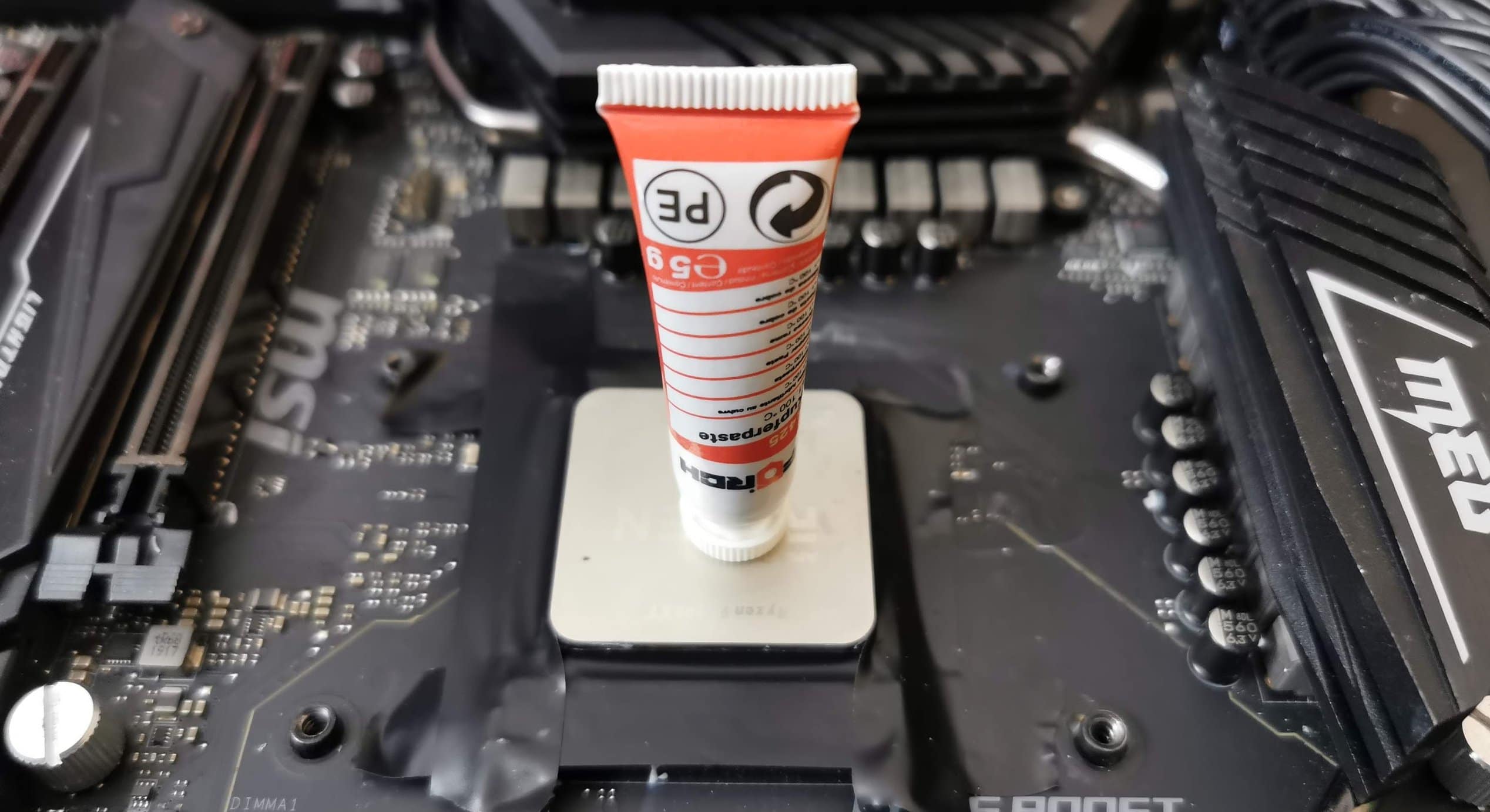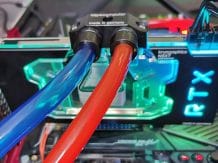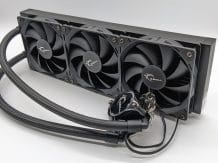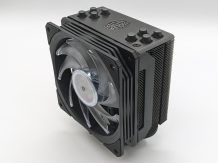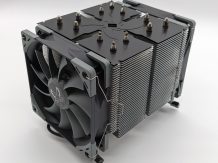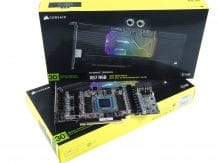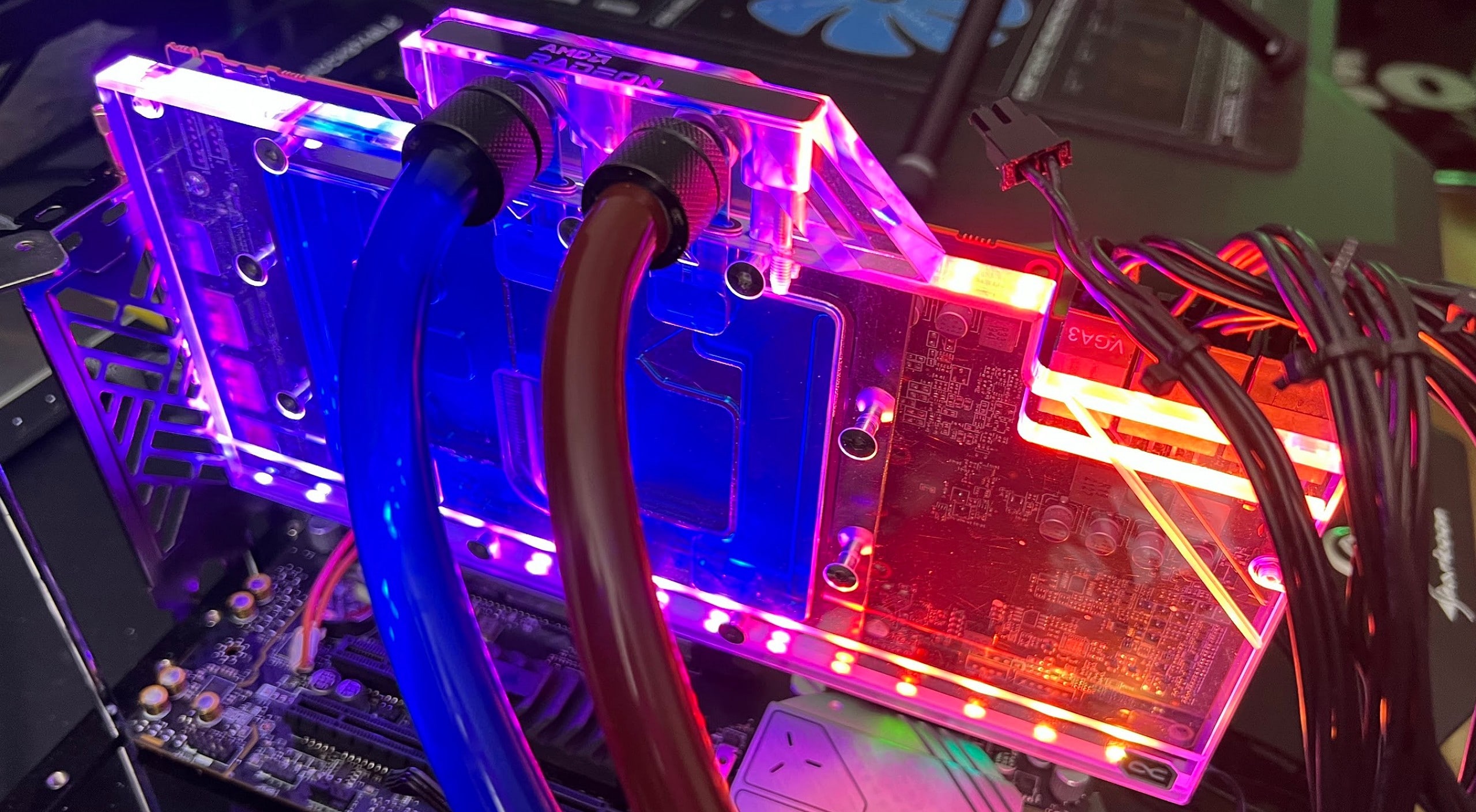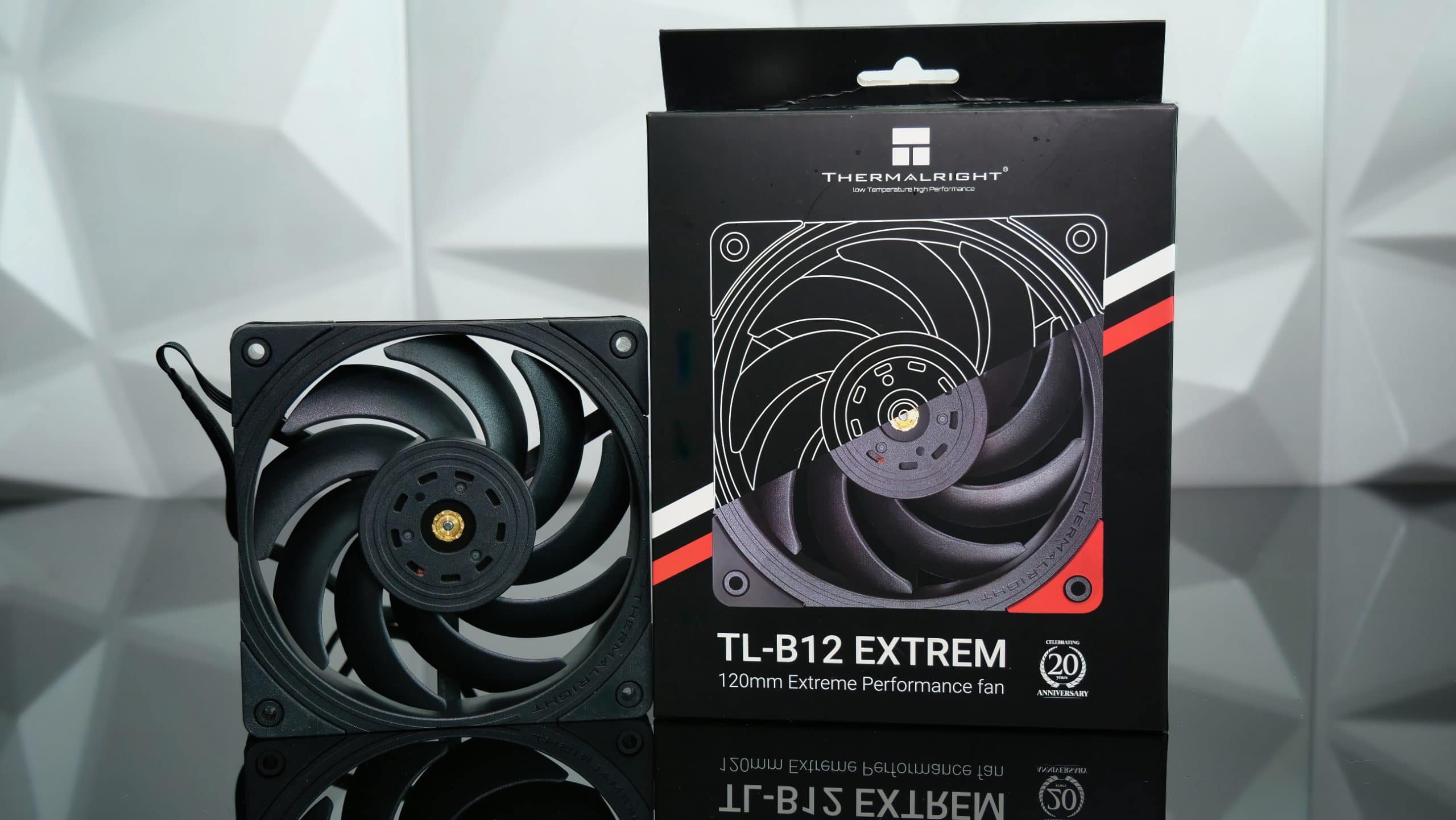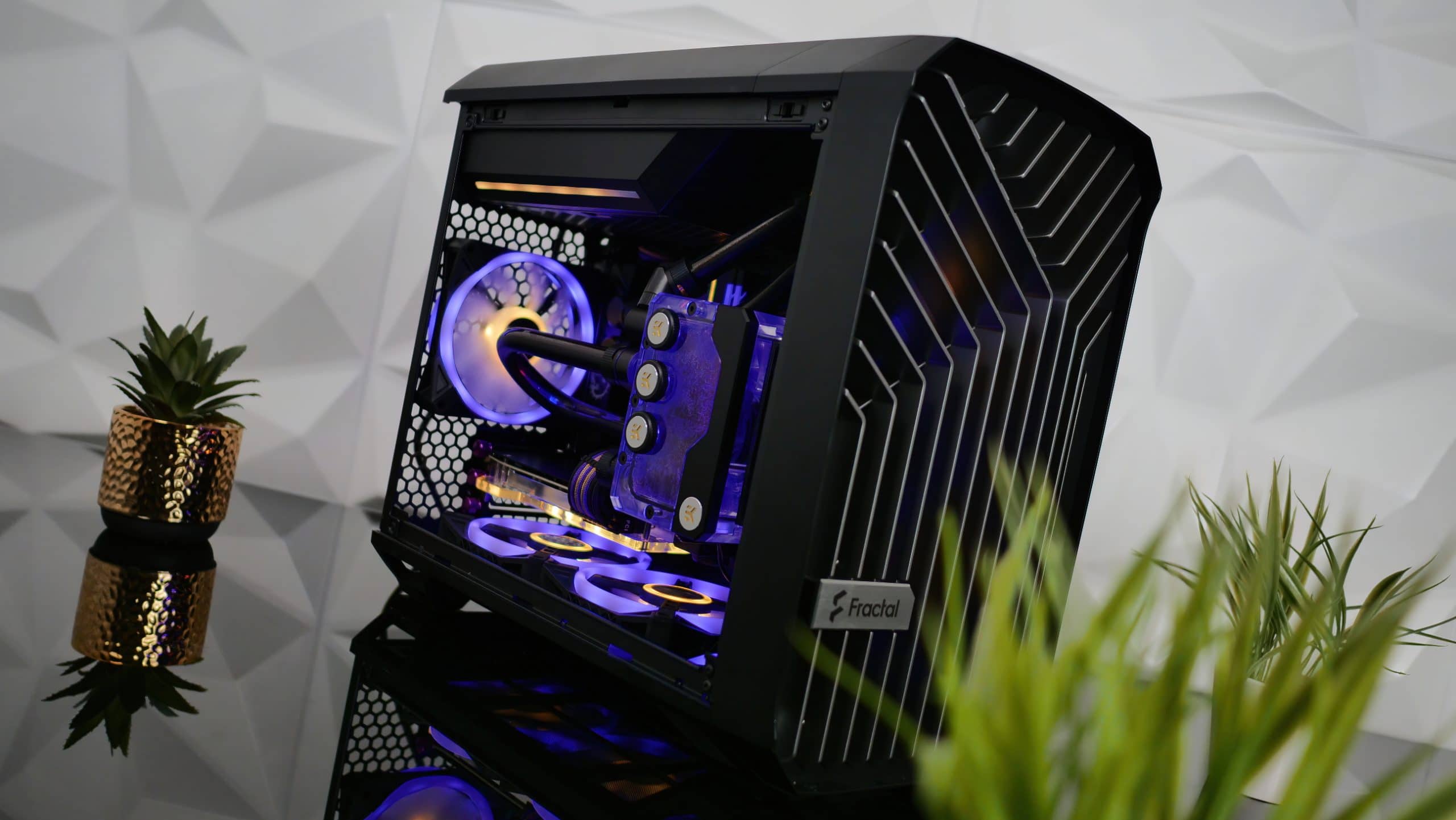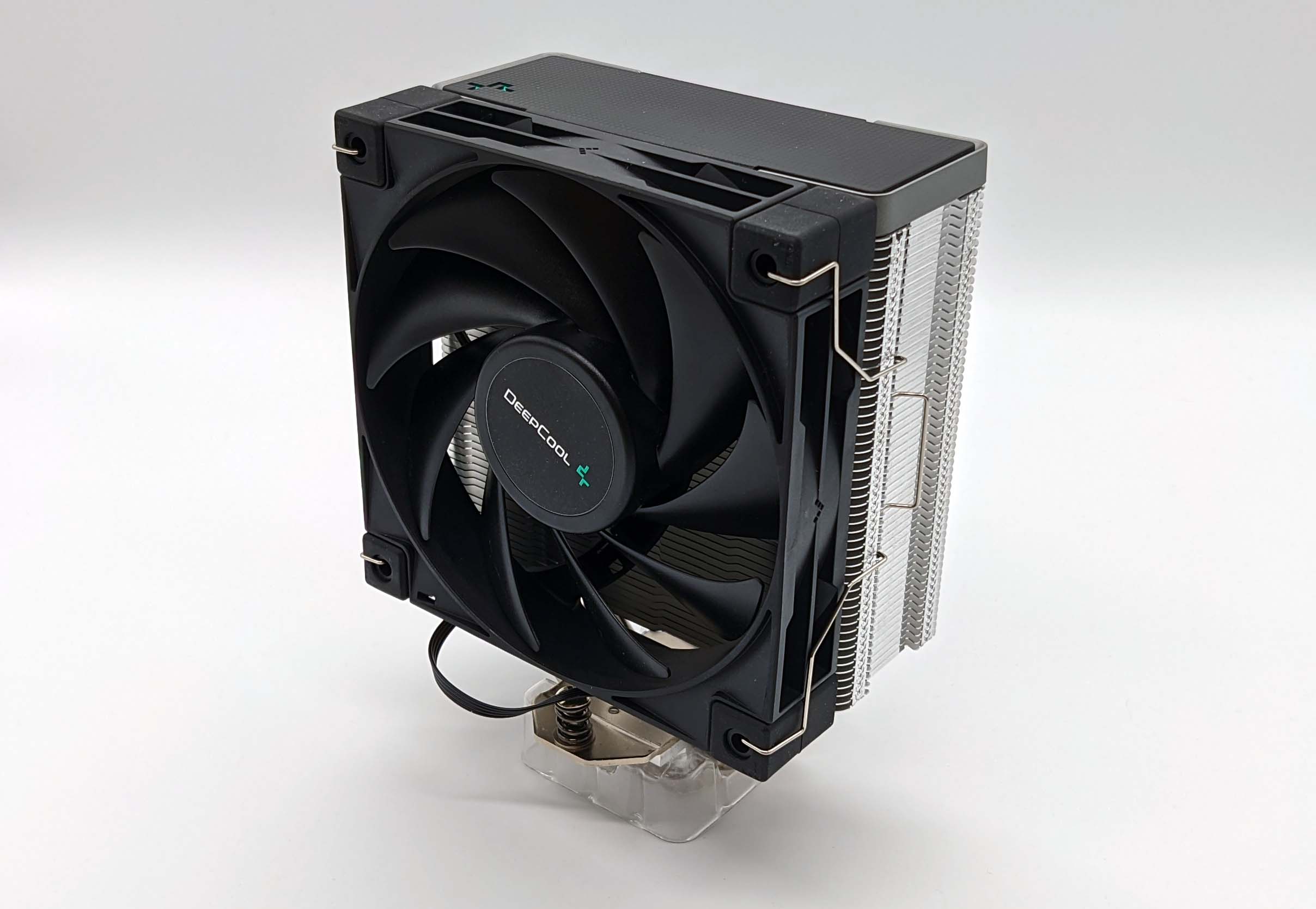Copper paste better than thermal paste? Myth busted – a bit | practice
After my last article on testing various thermal paste substitutes I got interesting feedback and even submissions from my readers, which I would like to work through in chronological order. In addition to great industrial pastes, I first received a letter with copper paste and the request to test it out. Why not? After all, copper is not the worst material when it comes to thermal conductivity.
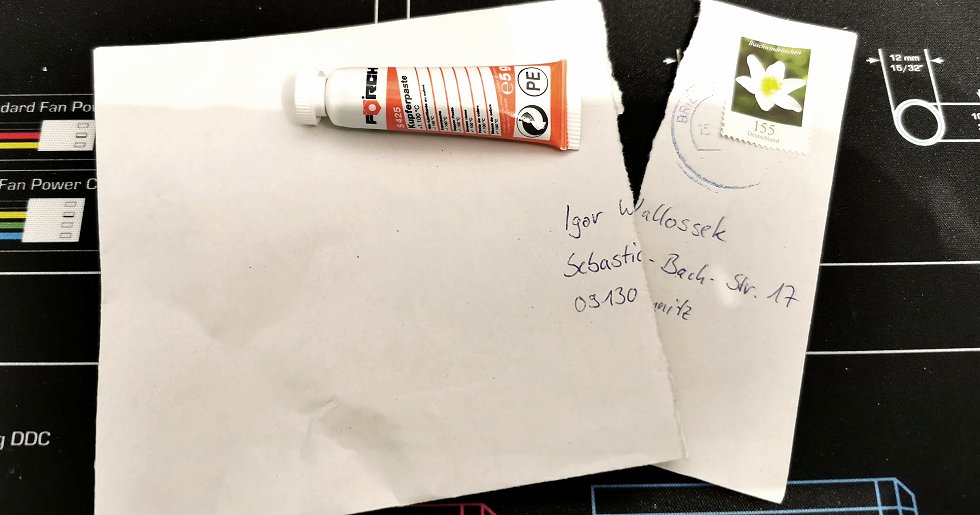
Reading tip: thermal paste against food, cosmetics and various lubricants in the test. With an expected unexpected outcome
In contrast to many tests that have already been made with various more or less sensible or senseless substitutes, I have tested everything with a chiller and constant water temperatures as well as a good water block on a CPU with a fixed 130 watt power loss. The Ryzen 9 3900XT can therefore still be cooled well. When choosing the power loss, I carefully approached it in advance so that I could test even the worst subject for over 60 minutes. Here, however, at around 89 degrees with 130 watts on the CPU, it ended.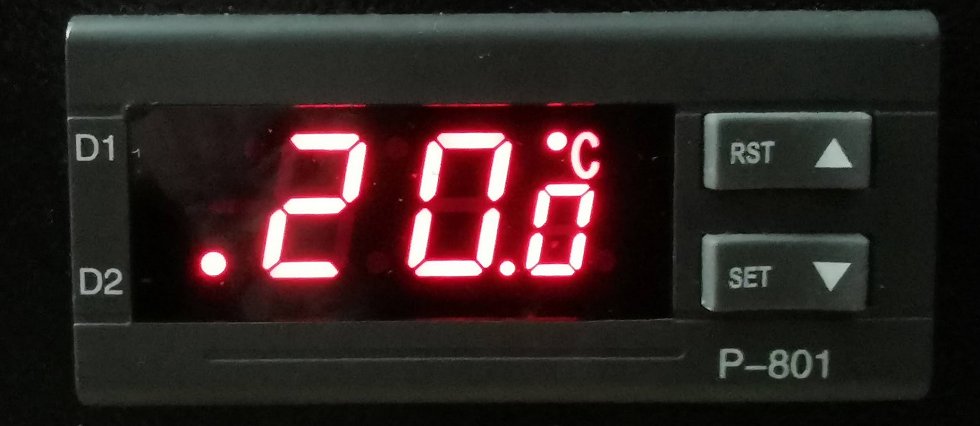
The measurement runs after a warm-up phase (10 minutes Prime95) and subsequent cooling then with 60 minutes Prime95, AVX and Small FFTs. In the inlet there is a temperature sensor whose difference (delta) to the set 20 ° C water is subtracted from the measured value (Tctl / Tdie) in order to also take into account the fluctuations (max. +/- 1 degree deviation in both directions due to the Hysteresis of the compressor cooler).
All of the replacement pastes shown here are not intended for permanent productive use and long-term constancy should simply not be the case even with the better representatives. It is a feasibility study that you can copy at your own risk. All of the products shown here and tested as paste were purchased themselves or come from the author’s long-term inventory or private household. The pixelation is done for a variety of reasons, but with full intent and the imposed sense of duty.
Benchmarks, Test system and evaluation software
The benchmark system relies on an X570 motherboard in the form of the MSI MEG X570 Godlike with a Ryzen 9 3900XT (PBO 130 watts, 200 MHz offset). There is also the matching DDR4 3600 VIPER from Patriot, as well as several fast NVMe SSDs. Everything is cooled with a chiller and approx. 30 liters of distilled water at a set temperature of 20 ° C, which is the same as the room temperature.
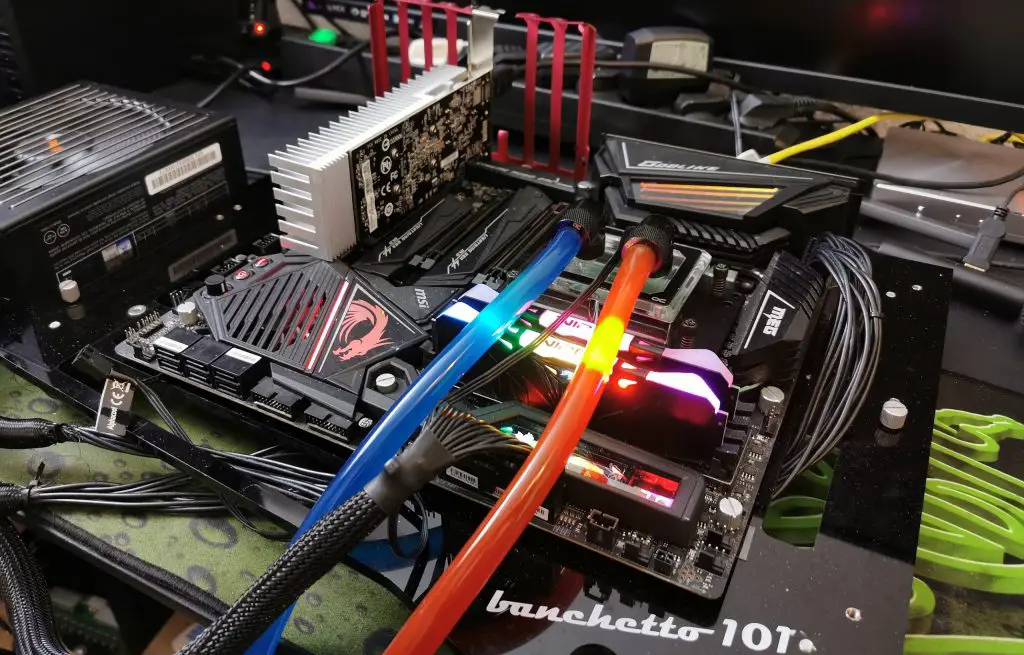
I have also summarized the individual components of the test system in a table:
| Test System and Equipment | |
|---|---|
| Hardware: | AMD Ryzen 9 3900XT MSI MEG X570 Godlike 2x 16 GB Patriot DDR4 3600 VIPER 1x 2 TB Aorus (NVMe System SSD, PCIe Gen. 4) 1x 2 TB Corsair MP400 (Data) 1x Seagate FastSSD Portable USB-C Be Quiet! Straight Power 11 1000 Watt Platin |
| Cooling: | Alphacool Eisblock XPX Pro Alphacool Eiszeit 2000 chiller, 20l reservoir |
| Case: | Banquet 101 |
| Monitor: | BenQ PD3220U |
| Power Consumption: | MCU-based shunt measuring (own build, Powenetics software) Up to 10 channels (max. 100 values per second) Special riser card with shunts for the PCIe x16 Slot (PEG) NVIDIA PCAT and FrameView 1.1 |
| Thermal Imager: | 1x Optris PI640 + 2x Xi400 Thermal Imagers Pix Connect Software Type K Class 1 thermal sensors (up to 4 channels) |
| YOU: | Windows 10 Pro (all updates, current certified or press drivers) |
- 1 – Test setup, test objects and preliminary remark
- 2 – copper paste in the test and result





